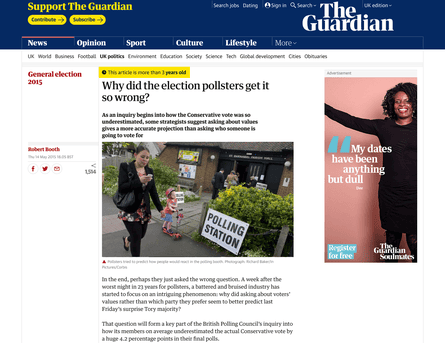The Ultimate Guide To News Articles
Table of ContentsLittle Known Questions About News Articles.News Articles - QuestionsThe Buzz on News ArticlesSome Known Questions About News Articles.Not known Incorrect Statements About News Articles
Good knowledge of various subjects offers trainees a competitive side over their peers. Even though electronic and social media sites are easily easily accessible, we ought to not forget exactly how essential it is to review the newspapers. Moms and dads must attempt and inculcate the behavior of checking out a paper as a daily regimen to continue the tradition of the adored print tool.News stories likewise have at the very least one of the complying with crucial features relative to the intended audience: distance, importance, timeliness, human passion, quirk, or consequence.
Within these restrictions, newspaper article also aim to be extensive. Other aspects are entailed, some stylistic and some derived from the media form. Among the larger and extra recognized papers, fairness and equilibrium is a major consider presenting information. Commentary is typically restricted to a different section, though each paper may have a various general angle.
Papers with a worldwide audience, for instance, have a tendency to use an extra official style of creating. News Articles.; common design guides include the and the United States News Design Book.
Getting My News Articles To Work
Generally, reporters will not use a long word when a short one will certainly do. They utilize subject-verb-object building and construction and vivid, active prose (see Grammar). They use stories, instances and metaphors, and they seldom depend upon generalizations or abstract concepts. Information writers try to prevent utilizing the very same word greater than when in a paragraph (sometimes called an "echo" or "word mirror").
Headlines sometimes omit the subject (e.g., "Leaps From Watercraft, Catches in Wheel") or verb (e.g., "Feline female fortunate"). A subhead (additionally subhed, sub-headline, subheading, subtitle, deck or dek) can be either a secondary title under the main headline, or the heading of a subsection of the article. It is a heading that comes before the major message, or a team of paragraphs of the main message.

Additional signboards of any of these types might show up later in the short article (especially on succeeding pages) to entice more analysis. Such billboards are additionally utilized as tips to the article in various other sections of the magazine or site, or as advertisements for the item in various other publication or websites. Common framework with title, lead paragraph (recap in bold), various other paragraphs (details) and call info.

Example of a hard-lead paragraph NASA is suggesting one more space task. The agency's budget plan demand, revealed today, consisted of a plan to send another goal to the Moon. This moment the agency wants to establish a lasting center as a jumping-off factor for various other area experiences. The budget demands about $10 billion for the task.
The NASA news came as the company requested $10 billion of appropriations for the project. An "off-lead" is the 2nd crucial front page information of the day. The off-lead shows up either in the top left edge, or straight below the lead on the right. To "bury the lead" is to start the post with background details or information of secondary importance to the viewers, requiring them to learn more deeply right into an article than they need to have to in order to uncover the crucial points.
News Articles Fundamentals Explained
Usual usage is that one or more sentences each form their own paragraph. Journalists moved here typically describe the company or framework of a news tale as an upside down pyramid. The crucial and most fascinating components of a tale are put at the beginning, with supporting info adhering to in order of reducing relevance.
It permits individuals to discover a topic to just the deepness that their curiosity takes them, and without the imposition of information or nuances that they can take into consideration unimportant, however still making that information readily available to a lot more interested readers. The inverted pyramid structure likewise makes it possible for posts to be cut to any arbitrary length throughout format, to suit the area offered.
Some authors begin their stories with the "1-2-3 lead", yet there are lots of kinds of lead offered. A kicker can refer to several points: The last tale in the news program; a "pleased" tale to finish the program.
Longer articles, such as magazine cover posts and the items that lead the inside sections of a newspaper, are referred to as. Feature tales differ from straight information in numerous ways. Foremost is the absence of a straight-news lead, many of the time. As opposed to supplying the significance of a tale in advance, feature authors might attempt to draw readers in.
Unknown Facts About News Articles
The reporter frequently details communications with interview subjects, making the piece more personal. A feature's first paragraphs usually relate a fascinating moment or occasion, you can check here as in an "unscientific lead". From the particulars of a person or episode, its view promptly expands to generalizations about the story's subject. The section that signals what an attribute has to do with is called the or billboard.

The Editor's Toolbox: A Reference Guide for Beginners and Professionals (2001) Allan M. Siegal and William G. Connolly. The New York Times Manual of Style and Usage: The Official Style Overview Made Use Of by the Writers and Editors of the World's A lot of Reliable Newspaper (2002) M. L. Stein, Susan Paterno, and R.